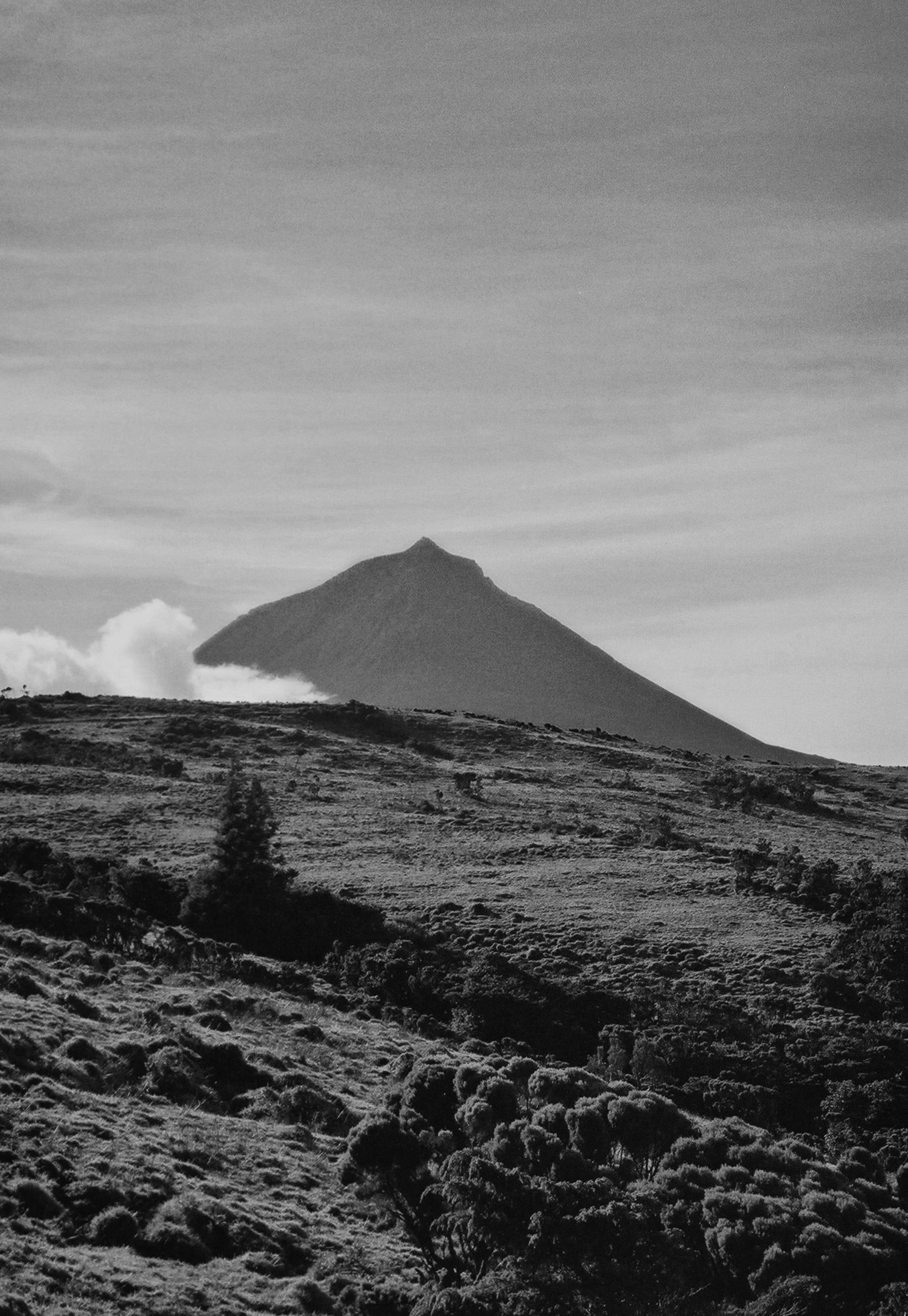What is analog photography?
On this page, we will cover various topics related to the analog photography process, including: format, negatives, cameras, development, scanning, and enlargement.
FORMAT
There are various formats, but the most popular, and the ones we use, are 35mm and 120mm.
The 35mm film is widely used and known for being smaller and more practical for use in compact and SLR cameras.
On the other hand, the 120mm film is wider and is often associated with medium format cameras. It provides superior image quality due to its larger size.
NEGATIVE
In analog photography, the negative is a crucial component containing a light-sensitive gelatinous emulsion. This emulsion consists of grains of silver salts suspended in gelatin. When light hits the film during image capture, it interacts with these silver salt grains. The more light that reaches the film, the denser and darker these areas become.
Thus, the negative is not just a physical support for the image but a light-reactive chemical composition that plays a crucial role in creating analog photography.
Photographic negative films are rolls with negative images, meaning the colors in this photo are inverted. There is also the positive where the original colors of the film are revealed.
Furthermore, the film's sensitivity, measured in ISO, influences its ability to capture in low-light conditions and the final texture of the image. Choosing the right film is a crucial decision to define the style and quality of analog photography.
ANALOG CAMERAS
There are various analog cameras: compact 'point and shoot' cameras are ideal for beginners, while SLRs offer versatility with manual settings and interchangeable lenses. Rangefinders, with precise focusing, are great for street photography. Among film formats, 35mm cameras are versatile, suitable for various situations, while 120mm cameras provide greater detail. Large format cameras offer more control over the image but are more challenging.
DEVELOPMENT
In the photography lab or even at home, it is possible to develop photographic films using various types of chemical processing:
Black and White: Classic development process for photographic films resulting in grayscale and black images.
C-41: Chemical process used in the development of color films, typically associated with color negatives.
ECN-2: Development process originally designed for color motion picture films.
E6: Development process for positive color films, also known as slides. Produces transparencies that can be projected onto screens or digitized for digital viewing.
SCANNING
After the development of photographic films, the next step is the digitization that brings the images into the digital world. Scanners or a digital camera are used to convert negatives into digital formats, allowing for preservation, editing, and online sharing of photographs. This transition provides the flexibility of the digital era while still preserving the essence of images captured through analog methods.
ENLARGEMENT
In addition to digitization, there is also physical enlargement. Creating 'contact sheets' is one practice after development. This sheet contains thumbnails of all the photos on the film roll, making it easier to select images for enlargement.
Enlargement is the next step, involving the projection of a chosen image onto photographic paper using an optical enlarger. This process results in a larger and more detailed version of the original photograph, creating a physical piece.
These techniques are crucial in analog photography, providing an effective analysis of images through the 'contact sheet' and the expressive materialization of photographs through enlargement. Both processes contribute to the uniqueness and tactile appeal of analog photography.

DO YOU WANT TO KNOW MORE?
We are available to answer your questions about analog photography and collaborate with you. Feel free to contact our team.











